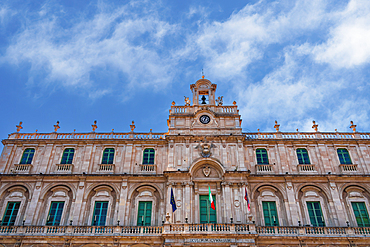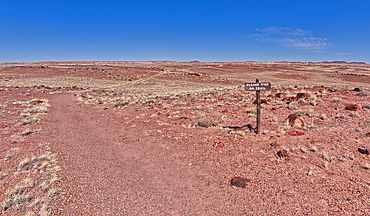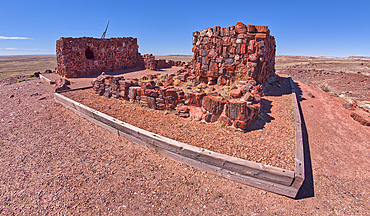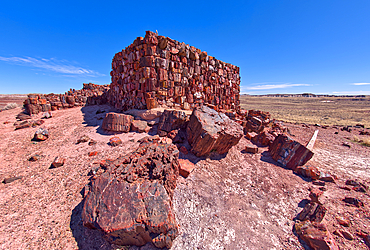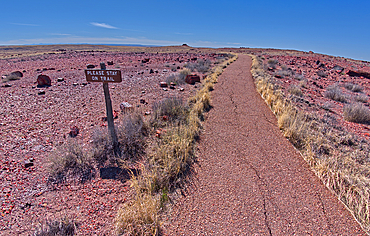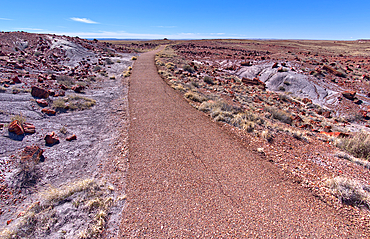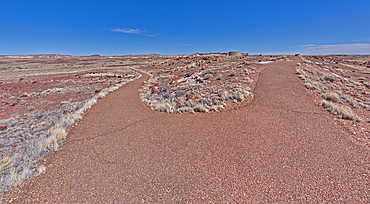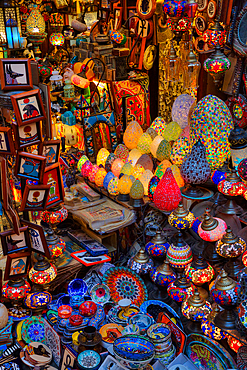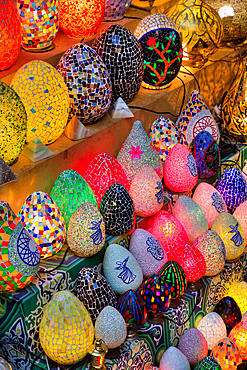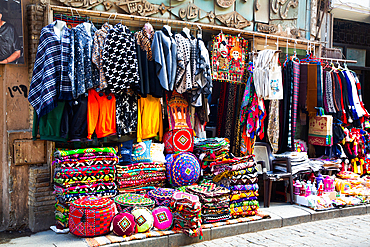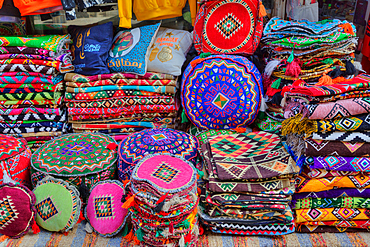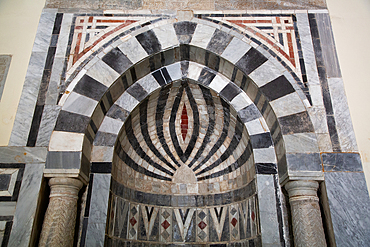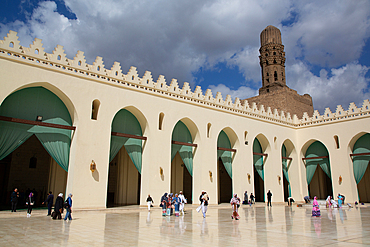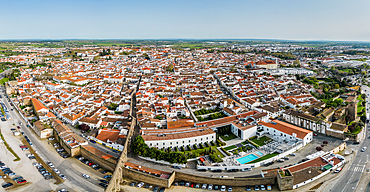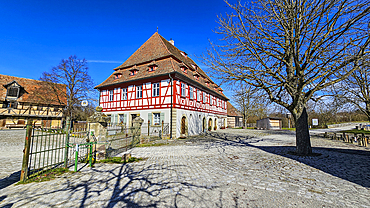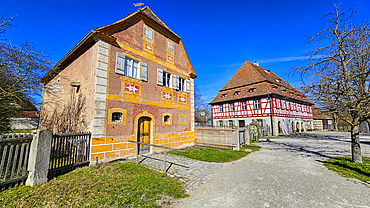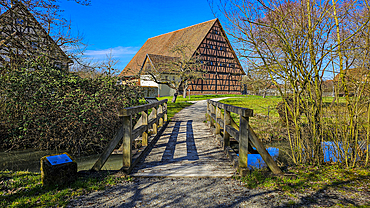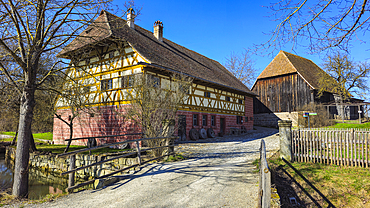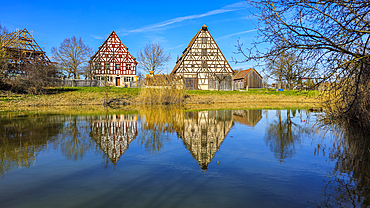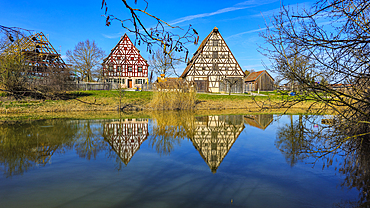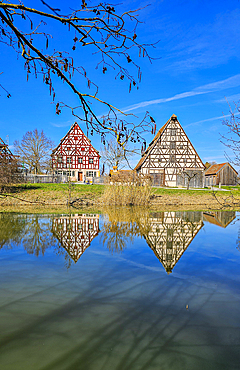Recent searches
Loading...
1384-788 - Historic communal well, El Pozo de los Frailes, Cabo de Gata national park, Spain
1384-786 - Historic church near Las Salinas, La Almadraba de Monteleva, Cabo de Gata natural park, Nijar, Almeria, Spain
1384-724 - Historic village church of Iglesia de Santa Maria, Betancuria, Fuerteventura, Canary Islands, Spain
1384-723 - Historic traditional water wheel irrigation system, Betancuria, Fuerteventura, Canary Islands, Spain
1384-722 - Historic traditional water wheel irrigation system, Betancuria, Fuerteventura, Canary Islands, Spain
1384-721 - Historic church of Iglesia de Santa Maria, Betancuria, Fuerteventura, Canary Islands, Spain
1384-712 - Historic wooden houses in Nostet area of city centre, Bergen, Norway
1384-711 - Historic wooden houses in Nostet area of city centre, Bergen, Norway
1384-708 - Historic wooden houses in Bekketomten street, Nordnes district, Bergen, Norway
1384-706 - Historic Hanseatic League wooden buildings Bryggen area, Bergen, Norway UNESCO World Cultural Heritage site
1384-704 - Historic buildings in the Torget fish market square area of Vagen harbour, Bergen, Norway
1384-700 - Historic Nygata street old housing in city centre Nedre Bakklandet area, Trondheim, Norway
1384-699 - Historic waterside warehouse buildings on River Nidelva, Bryggene, Trondheim, Norway
1384-698 - Historic waterside warehouse buildings on River Nidelva, Bryggene, Trondheim, Norway
1384-697 - Historic waterside warehouse buildings on River Nidelva, Bryggene, Trondheim, Norway
1384-696 - Historic Old Town Bridge, Gamle Bybro or Bybroa, Trondheim, Norway
1384-662 - Historic wooden buildings bars and restaurants along harbour waterside, Tromso, Norway
1384-661 - Historic wooden building housing the Polar Museum, Tromso, Norway
1384-613 - Main gate entrance in walls of historic Fort Frederick, Trincomalee, Sri Lanka, Asia dated 1675 'Dieu et mon Droit' coat of arms
1278-449 - Salerno, Italy alley with crowd on a cobblestone street around low-rise historic buildings.
1278-450 - Salerno, Italy historic buildings with iron balconies and wooden window shutters under a sky with clouds.
1384-487 - Street and house in historic town of Galle, Sri Lanka, Asia with Christian church and Buddhist temple
1384-483 - Motorised rickshaw by fort walls inside the historic town of Galle, Sri Lanka, Asia
1384-482 - Women walking with umbrellas for shade towards the fort doorway exit in the historic town of Galle, Sri Lanka, Asia
1384-480 - Street in the historic town of Galle, Sri Lanka, Asia
1384-481 - Coastal scenery and historic walls of the fort, Galle, Sri Lanka, Asia
1384-479 - Tourists walk on fort ramparts in historic town of Galle, Sri Lanka, Asia
1382-225 - street in Casco Antiguo the historic district of Panama City,Republic of Panama,Central America
1384-449 - Timber framed historic listed building, The Old House, West Lavington, Wiltshire, England, UK - Late C16, early C17, and later C17
1384-431 - Shops in historic buildings along alleyway with tower of church of St Saviour, Foss Street, Dartmouth, Devon, England, UK
1384-391 - Historic buildings shops and hotel in arcaded shopping street in town centre, Mirleft, southern Morocco, North Africa
1384-383 - Historic buildings shops and hotel in arcaded shopping street in town centre, Mirleft, southern Morocco, North Africa
1384-358 - Historic defensive buildings , Rampart Mogador, Essaouira, Morocco, north Africa
1384-340 - Historic medieval Soutomaior castle, Pontevedra, Galicia, Spain Castelo de Soutomaior
1384-332 - Historic medieval Soutomaior castle, Pontevedra, Galicia, Spain Castelo de Soutomaior
1384-333 - Historic medieval Soutomaior castle, Pontevedra, Galicia, Spain Castelo de Soutomaior
1384-331 - Historic medieval Soutomaior castle, Pontevedra, Galicia, Spain Castelo de Soutomaior
1384-329 - Narrow street historic houses in village of Pazos de Arenteiro, Boborás, Ourense province, Galicia, Spain
1384-324 - Historic medieval Soutomaior castle, Pontevedra, Galicia, Spain Castelo de Soutomaior
1384-325 - Ladies gallery historic medieval Soutomaior castle, Pontevedra, Galicia, Spain Castelo de Soutomaior
1384-278 - Historic hall with paintings by Fernando Castro Pacheco, Palacio de Gobierno, Merida, Yucatan State, Mexico
722-160 - The Bodeguita del Medio, a popular restaurant-bar and music venue, made famous by Ernest Hemingway, in Calle Obispo in historic centre, Old Havana (Habana Vieja), Havana, Cuba, West Indies, Central America
722-154 - Belltower of the newly-built Russian Orthodox Cathedral in historic centre, Habana Vieja (Old Havana), Havana, Cuba, West Indies, Central America
722-155 - Altar area of the newly-built Russian Orthodox Cathedral in historic centre, Habana Vieja (Old Havana), Havana, Cuba, West Indies, Central America
722-152 - Altar area of the newly-built Russian Orthodox Cathedral in Havana's historic centre (Habana Vieja) (Old Havana), Cuba, West Indies, Central America
722-153 - Belfry and domes of the newly-built Russian Orthodox Cathedral in historic centre, Habana Vieja (Old Havana), Havana, Cuba, West Indies, Central America
1384-180 - Recreation of historic Olmec colossoal head sculpture, Isla Mujeres, Caribbean Coast, Cancun, Quintana Roo, Mexico
1384-171 - Palacio de Bellas Artes, Palace of Fine Arts historic building, Mexico City, Mexico
1384-162 - Metropolitan cathedral church, Catedral Metropolitana, Centro Historic, Mexico City, Mexico
1384-160 - Historic buildings on west side of main city square, Plaza de la Constitucion, Monte de Piedad, Mexico City, Mexico
1384-159 - Metropolitan cathedral church, Catedral Metropolitana, Centro Historic, Mexico City, Mexico
1384-157 - Metropolitan cathedral church, Catedral Metropolitana, Centro Historic, Mexico City, Mexico
1384-158 - Historic government building, National Palace, Palacio National, Centro Historic, Mexico City, Mexico
1384-154 - View over street market to historic church Ex Convento Dominico de la Natividad, Tepoztlán, State of Morelos, Mexico
1384-153 - Historic Iglesia de la Santisima Trinidad, church of the Holy Trinity, Tepoztlán, State of Morelos, Mexico
1278-442 - Cagliari historic center colorful buildings with wooden window shutters and iron balconies under clear blue sky in Sardinia Island, Italy.
1278-441 - Cagliari historic center buildings with wooden window shutters, iron balconies and colorful flags hanging in Sardinia Island, Italy.
1384-127 - Tranvia Turistico historic tourist tram vehicle, Parque Mexico, Colonia Hipodromo, La Condesa, Mexico City, Mexico
1385-4 - Historic Georgian crescent architecture with parked cars on a sunny day in Bath, England in Bath, England.
1384-117 - Large historic mansion on Paseo de Montejo, Merida, Yucatan State, Mexico
1384-35 - Faces of historic figures Independence monument in Barrio San Roman, Campeche city, Campeche State, Mexico
1384-30 - Restaurant tables in historic street of Spanish colonial buildings, Campeche city, Campeche State, Mexico
718-2825 - Ortygia historic district, Ortygia, Syracuse, Sicily, Italy
718-2822 - Ortygia historic district seafront, Ortygia, Syracuse, Sicily, Italy
718-2821 - View of Ortygia historic district and Arethusa fountain, Ortygia, Syracuse, Sicily, Italy
718-2812 - Ortygia historic district seafront, Ortygia, Syracuse, Sicily, Italy
718-2803 - Ortygia historic district seafront, Ortygia, Syracuse, Sicily, Italy
1278-424 - University of Catania historic building facade in the main square of Catania Sicily, Italy.
1278-423 - Abbey of St Agatha cupola behind historic buildings with iron balconies in Catania Sicily, Italy.
1372-264 - Shops of hemp backpacks and visitors in the streets around the historic centre. Durbar Square of Kathmandu at sunset
1372-263 - View over the beautiful historic core of Kathmandu. Wooden pagoda roof of Trailokya Mohan Narayan Temple Durbar square,
1311-905 - A warning sign to stay on the trail to the historic Agate House in Petrified Forest National Park Arizona.
1311-904 - Closeup of the historic Agate House in Petrified Forest National Park Arizona.
1311-902 - Closeup of the historic Agate House in Petrified Forest National Park Arizona.
1311-901 - A warning sign to stay on the trail to the historic Agate House in Petrified Forest National Park Arizona.
1311-900 - The paved trail that leads to the historic Agate House in Petrified Forest National Park Arizona.
1311-899 - A divide in the trail leading to the historic Agate House in Petrified Forest National Park Arizona.
801-3946 - Lights for Sale, The Khan el-Khalili Bazaar, Historic Cairo, UNESCO World Heritage Site, Cairo, Egypt
801-3947 - Lights for Sale, The Khan el-Khalili Bazaar, Historic Cairo, UNESCO World Heritage Site, Cairo, Egypt
801-3945 - Lights for Sale, The Khan el-Khalili Bazaar, Historic Cairo, UNESCO World Heritage Site, Cairo, Egypt
801-3943 - Merchandise for Sale, Al-Muizz Street, Historic Cairo, UNESCO World Heritage Site, Cairo, Egypt
801-3944 - Merchandise for Sale, Al-Muizz Street, Historic Cairo, UNESCO World Heritage Site, Cairo, Egypt
801-3942 - Hookahs for Sale, Al-Muizz Street, Historic Cairo, UNESCO World Heritage Site, Cairo, Egypt
801-3941 - Mihrab, Al-Hakim Mosque, 1013 AD, Al-Muizz Street, Historic Cairo, UNESCO World Heritage Site, Cairo, Egypt
801-3940 - Al-Hakim Mosque, 1013 AD, Al-Muizz Street, Historic Cairo, UNESCO World Heritage Site, Cairo, Egypt
801-3939 - Al-Hakim Mosque, 1013 AD, Al-Muizz Street, Historic Cairo, UNESCO World Heritage Site, Cairo, Egypt
1243-526 - Aerial drone panoramic view of the historic Centre of Évora, Alentejo, Portugal. The city has roots go back to Roman times, reached its golden age in the 15th century, when it became the residence of the Portuguese kings
1278-411 - Facade of historic Severa House designed by Erno Schannen around 1900 in Karoly Boulevard, Budapest, Hungary, Europe
1184-11360 - Historic farmhouses in the Franconian Open Air Museum, Bad Windsheim, Bavaria, Germany, Europe
1184-11359 - Historic farmhouses in the Franconian Open Air Museum, Bad Windsheim, Bavaria, Germany, Europe
1184-11358 - Historic farmhouses in the Franconian Open Air Museum, Bad Windsheim, Bavaria, Germany, Europe
1184-11357 - Historic farmhouses in the Franconian Open Air Museum, Bad Windsheim, Bavaria, Germany, Europe
1184-11356 - Historic farmhouses in the Franconian Open Air Museum, Bad Windsheim, Bavaria, Germany, Europe
1184-11355 - Historic farmhouses in the Franconian Open Air Museum, Bad Windsheim, Bavaria, Germany, Europe
1184-11354 - Historic farmhouses in the Franconian Open Air Museum, Bad Windsheim, Bavaria, Germany, Europe
1184-11353 - Historic farmhouses in the Franconian Open Air Museum, Bad Windsheim, Bavaria, Germany, Europe
1184-11352 - Historic farmhouses in the Franconian Open Air Museum, Bad Windsheim, Bavaria, Germany, Europe
1184-11351 - Historic farmhouses in the Franconian Open Air Museum, Bad Windsheim, Bavaria, Germany, Europe
1184-11349 - Historic farmhouses in the Franconian Open Air Museum, Bad Windsheim, Bavaria, Germany, Europe




































































